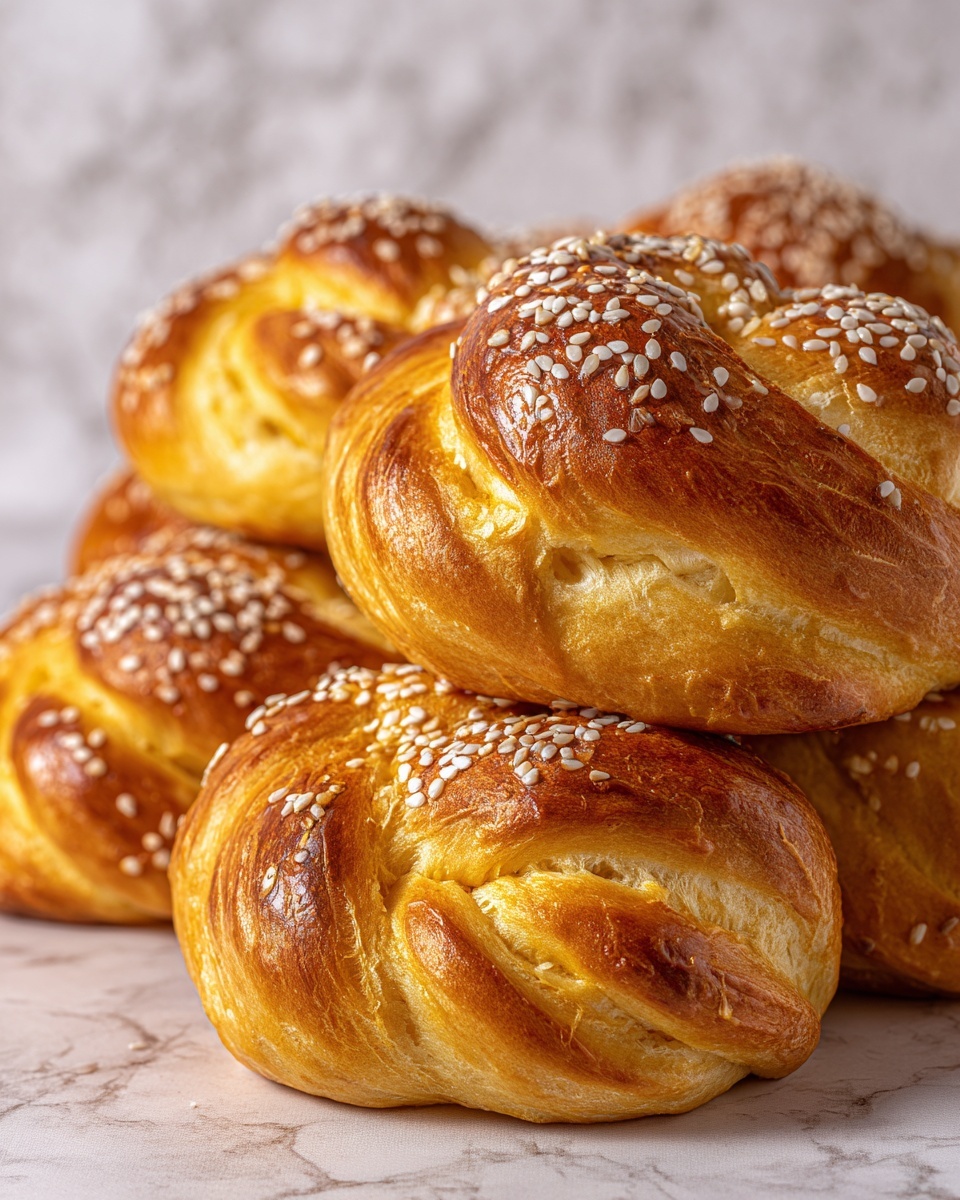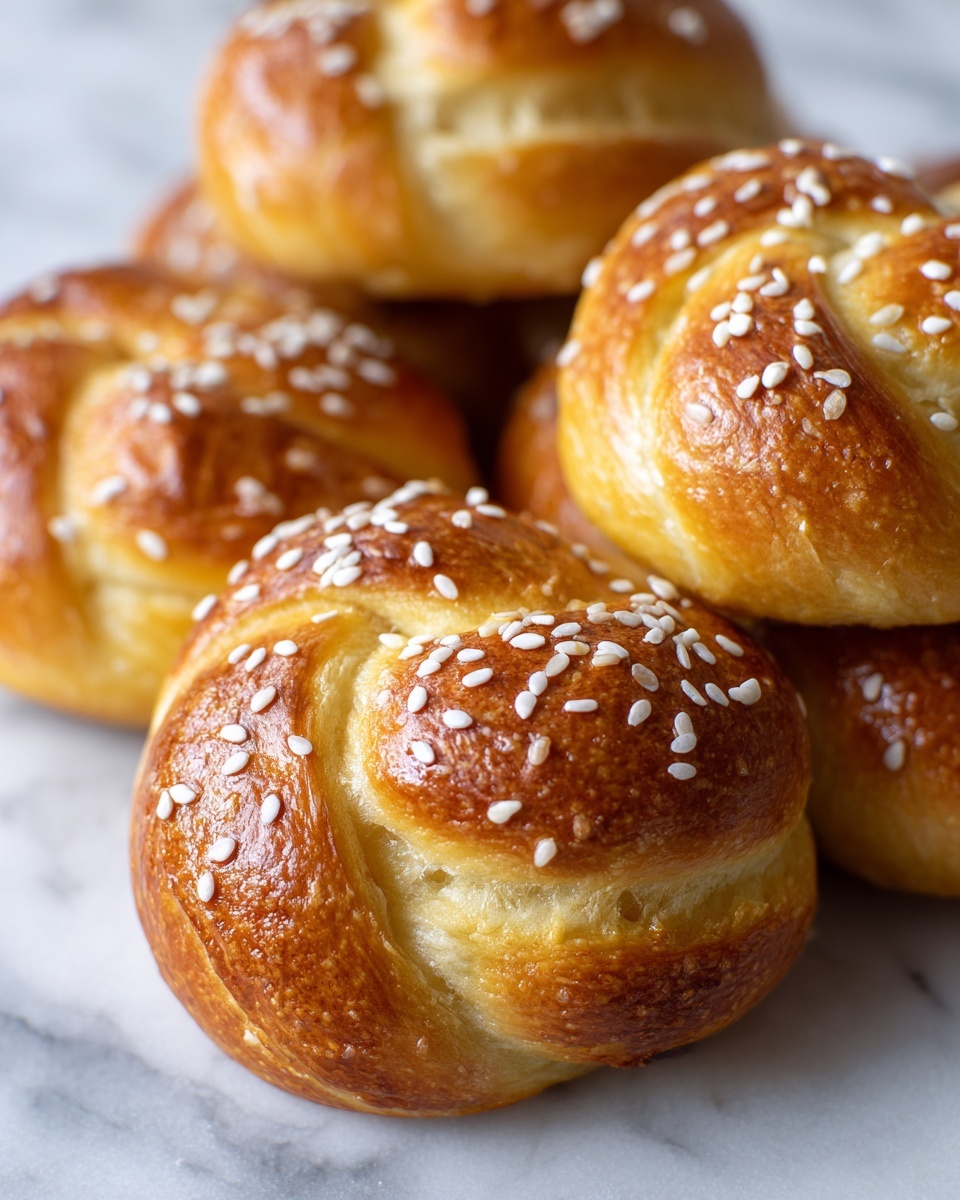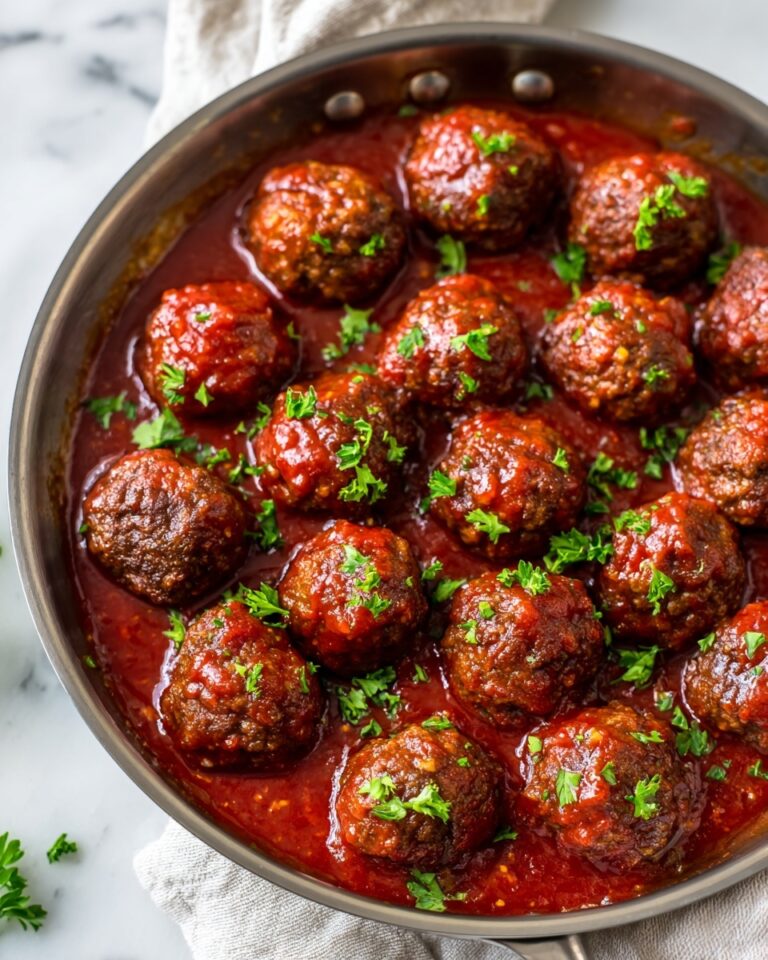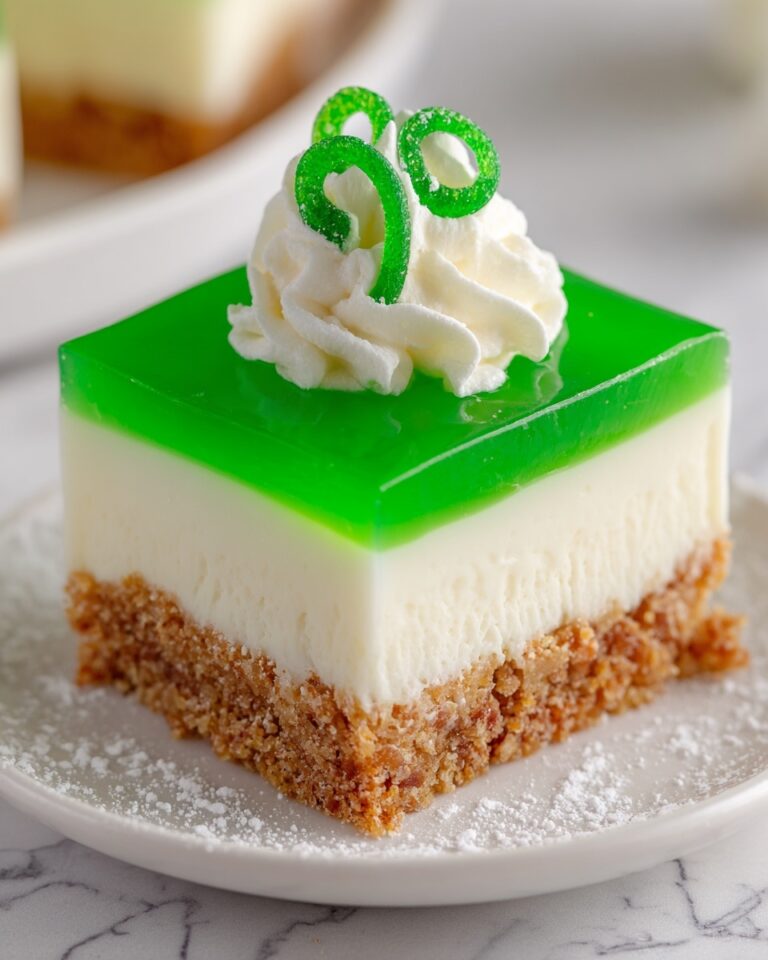If you’ve ever wanted to master a truly authentic and versatile base for countless Middle Eastern delights, the Arabic Dough Recipe is your golden ticket. This wonderful dough is soft, slightly tangy thanks to the yogurt, and perfectly elastic, making it ideal for crafting everything from warm manakeesh to fluffy fatayer or classic sfiha. With a few humble ingredients and a little love, you’ll have dough that sings with flavor and texture, truly bringing the heart of Arabic baking into your kitchen.

Ingredients You’ll Need
These ingredients are simple yet essential, each playing a vital role in the dough’s final texture, flavor, and color. From the creamy tang of yogurt to the subtle richness of oil, every component contributes to that soft, pliable magic only this Arabic dough can offer.
- 3 cups all-purpose flour: The sturdy base that gives structure and body to the dough.
- 1 tablespoon instant yeast: Helps the dough rise beautifully for a light, airy texture.
- 1 tablespoon sugar: Feeds the yeast and adds a touch of sweetness to balance flavors.
- 1 teaspoon salt: Enhances all the flavors and controls yeast activity.
- ¼ cup plain yogurt: Adds moisture and a slight tang, keeping the dough soft and tender.
- ¼ cup vegetable oil: Provides richness and helps create a smooth, elastic dough.
- 1 cup warm milk (plus more as needed): Warms the dough mixture and activates the yeast, contributing to softness.
- 1 egg (optional): Enriches the dough, giving it a beautiful golden hue and a more tender crumb.
How to Make Arabic Dough Recipe
Step 1: Combine Dry Ingredients
Start by mixing the flour, instant yeast, sugar, and salt in a large bowl. This ensures the yeast is evenly distributed and the salt doesn’t kill the yeast too quickly. A thorough mix here is the foundation for even fermentation and rise.
Step 2: Add Wet Ingredients and Form Dough
Pour in the plain yogurt, vegetable oil, warm milk, and the optional egg. Mix everything until you see a shaggy dough forming. Depending on your flour’s absorption, add a little extra milk tablespoon by tablespoon if it’s too stiff. This step bridges dry and wet elements into the perfect workable dough.
Step 3: Knead Until Smooth and Elastic
Either by hand or using a stand mixer with a dough hook, knead the dough for 8 to 10 minutes. You’ll notice the dough transforming from rough to smooth, becoming stretchy and elastic—a sign it’s properly developed. This is when gluten forms, giving the dough its structure and chewiness.
Step 4: Let the Dough Rise
Shape the dough into a ball and place it in a lightly greased bowl. Cover with a damp towel or plastic wrap and set it in a warm spot. Watch the magic as it doubles in size during about an hour, showing that yeast at work. This rise is critical for lightness in your final breads or pastries.
Step 5: Punch and Shape
After it has doubled, gently punch down the dough to release excess air. Now it’s ready to be shaped into your favorite Arabic treats like manakeesh or fatayer. The dough should be soft but hold together nicely, perfect for rolling or shaping however you like.
How to Serve Arabic Dough Recipe

Garnishes
The beauty of this Arabic Dough Recipe is how well it pairs with a variety of toppings. Sprinkle za’atar mixed with olive oil for a classic manakeesh, or add spiced ground meat, cheese, or fresh herbs for a savory punch. Lemon juice or a drizzle of tahini add an extra zing, elevating the dish further.
Side Dishes
Serving this dough-based creation alongside fresh salads like fattoush or a cool tzatziki balances the warmth and richness perfectly. Pickled vegetables, labneh, or a simple cucumber and tomato salad also keep things refreshing and complement the dough’s tender, fluffy quality.
Creative Ways to Present
Think beyond traditional flatbreads: use this Arabic Dough Recipe to create mini stuffed fatayer pockets as appetizers or roll it thinly to make crispy breadsticks. Try layering dough with spices and then folding it into unique shapes for eye-catching, delicious treats at any gathering.
Make Ahead and Storage
Storing Leftovers
If you have any leftover dough after your cooking adventures, wrap it tightly in plastic wrap and store it in the refrigerator for up to 2 days. This slows down yeast activity but keeps the dough usable, perfect for quick bread or pastries later.
Freezing
You can freeze the Arabic Dough Recipe easily. After the first rise, divide the dough into portions, wrap each securely, and freeze. When you’re ready to use it, thaw overnight in the fridge and allow to come to room temperature with a quick second rise before baking.
Reheating
For reheated bread or pastries made from this dough, gentle warming in a low oven or toaster oven works best. Avoid the microwave for reheats, as it tends to dry out the bread. A light brush of olive oil before warming helps maintain moisture and flavor.
FAQs
Can I make this Arabic Dough Recipe without yogurt?
Yes, but the yogurt adds moisture and tang that help create the dough’s characteristic softness. If you omit yogurt, try substituting with an equal amount of slightly sour milk or buttermilk for similar results.
Is the egg necessary in this dough?
The egg is optional and mainly enriches the dough for a softer, richer texture and a golden color. The dough works perfectly well without it, especially if you are making vegan variations or prefer a lighter bread.
What’s the best way to knead this dough by hand?
Use the heels of your hands to push the dough away from you, fold it back over, and rotate. Repeat for about 8 to 10 minutes until it’s smooth and elastic. It feels sticky at first but becomes softer as the gluten develops.
Can I make this dough ahead of time?
Absolutely! In fact, making the dough ahead and refrigerating it after the first rise actually helps develop flavors. Just make sure to bring it to room temperature and give it a final rise before shaping and baking.
What dishes are best made using this Arabic Dough Recipe?
This dough is incredible for manakeesh topped with za’atar or cheese, fatayer stuffed with spinach or meat, sfiha, or even simple Arabic flatbread served alongside dips like hummus. Its versatility makes it a staple in Arabic cuisine.
Final Thoughts
There’s something truly magical about making your own Arabic dough from scratch. This Arabic Dough Recipe is simple to follow, yields incredible texture and flavor, and opens the door to so many delicious Middle Eastern dishes. I can’t wait for you to give it a try and share those irresistible breads and pastries that bring everyone together at the table. Happy baking, my friend!
Print
Arabic Dough Recipe
- Prep Time: 15 minutes
- Cook Time: 0 minutes
- Total Time: 1 hour 15 minutes
- Yield: 1 batch (makes about 10 small flatbreads or pastries)
- Category: Dough
- Method: No-Cook
- Cuisine: Middle Eastern
- Diet: Vegetarian
Description
This Arabic Dough recipe is a versatile and soft dough perfect for making traditional Middle Eastern breads and pastries such as manakeesh, fatayer, and sfiha. Made with simple ingredients including all-purpose flour, instant yeast, yogurt, and warm milk, it yields a tender and elastic dough that rises beautifully. The optional egg enriches the dough, adding extra softness and flavor. Ideal for home bakers looking to craft authentic Arabic flatbreads with ease.
Ingredients
Dough Ingredients
- 3 cups all-purpose flour
- 1 tablespoon instant yeast
- 1 tablespoon sugar
- 1 teaspoon salt
- ¼ cup plain yogurt
- ¼ cup vegetable oil
- 1 cup warm milk (plus more as needed)
- 1 egg (optional, for enriched dough)
Instructions
- Combine dry ingredients: In a large mixing bowl, mix together the flour, instant yeast, sugar, and salt thoroughly to ensure even distribution of the leavening and seasonings.
- Add wet ingredients: Stir in the plain yogurt, vegetable oil, warm milk, and the egg if using. Mix until a shaggy dough forms that comes together but is not yet smooth.
- Knead the dough: Knead the dough either by hand or using a stand mixer fitted with a dough hook for 8–10 minutes until the dough becomes smooth, elastic, and slightly tacky. Add warm milk one tablespoon at a time if the dough feels too dry or stiff.
- First rise: Shape the dough into a ball and place it in a lightly greased bowl. Cover it with a damp towel or plastic wrap and let it rise in a warm place for about 1 hour, or until it has doubled in size.
- Punch down and use: Once the dough has risen, gently punch it down to release air bubbles. It is now ready to be shaped and used for making manakeesh, fatayer, sfiha, or any Arabic bread recipe of your choice.
Notes
- For an extra soft dough, substitute half of the warm milk with warm water.
- You can prepare the dough ahead of time and refrigerate it overnight after the first rise, which helps develop flavor and improves texture.
- Use warm milk around 100°F (38°C) to activate the yeast properly without killing it.
- Adding the optional egg enriches the dough, resulting in a softer and more tender crumb.
- If you prefer a thinner dough, roll out the dough evenly before baking or frying your selection of breads or pastries.








